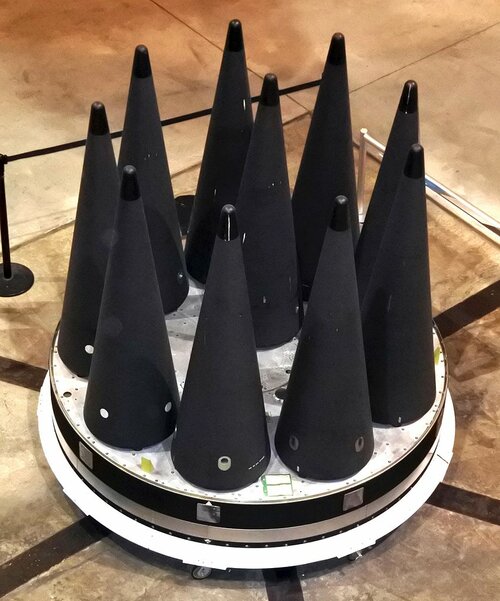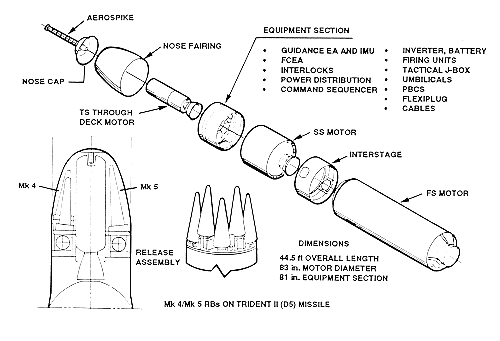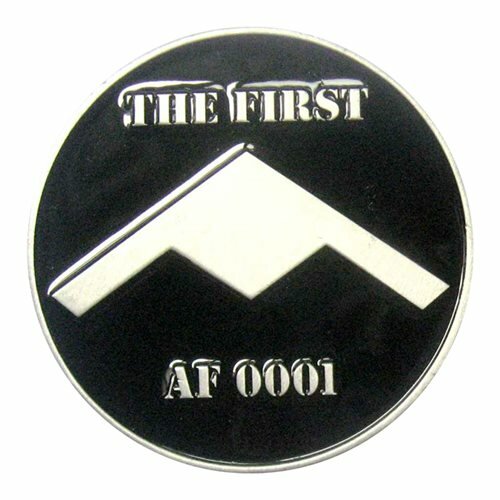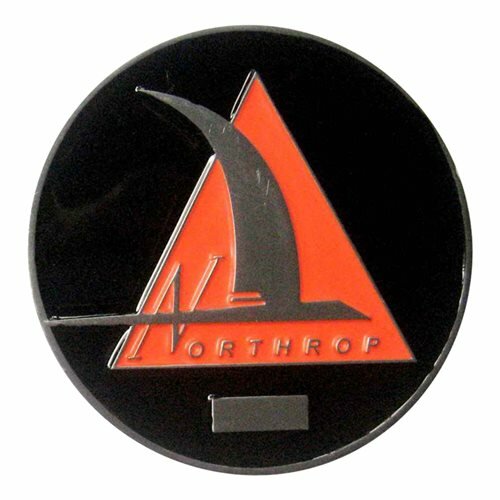A supersonic medium or heavy bomber would be excellent for the Pacific Theater - gets more missile sorties during the decisive initial period. Would have to be based out of Japan, though.
So how fast then? Can you quantify?
Mach 2 cruise to launch point cuts travel time in half. The benefits appear either in sortie rate (assuming comparable turnaround time) or response time to a time-limited target, e.g. target an invasion fleet when it is exposed between coastal AD bastion to disembarkment point AD bastion.
It seems to me sortie rate would mostly be driven by other factors unless basing was right in the first or second island chain, in which case perhaps tactical aircraft are a cheaper option anyway. Or even dispersed cargo aircraft carrying palletized stand off weapons.
That said it is hard to imagine that the manned NGAD platform wouldn't have some capability as a medium bomber or heavy fighter bomber. All it would need is a relatively large internal bay for weapons and sufficient integration/separation testing. It seems likely it will have a large bay for its primary role, IMO. They would want to future proof the design and I think they would also want it to be able to internally carry very long ranged BVR weapons for high priority multi engined targets (AEW, MPA, KC, etc).





